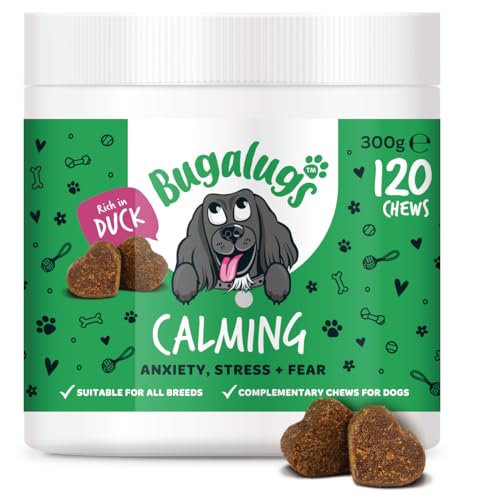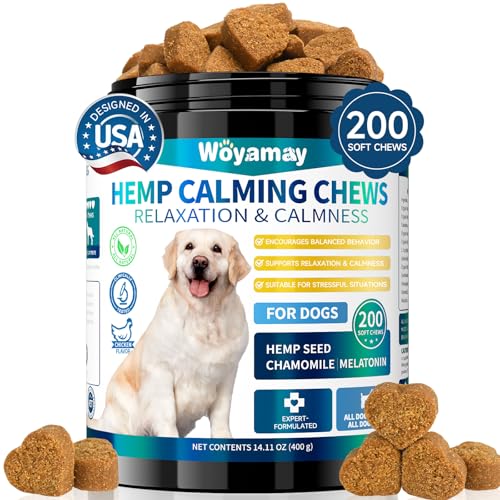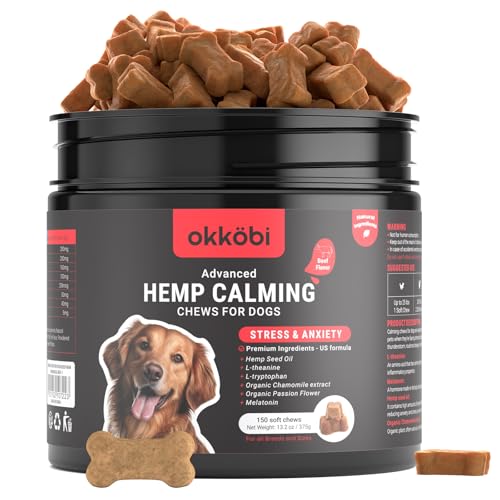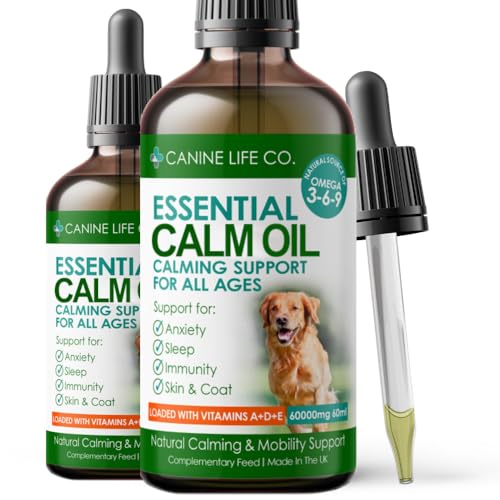Understanding Dog Anxiety: Why Our Pets Need Calming Solutions
The Nature of Canine Anxiety
Just like humans, dogs can experience anxiety for a variety of reasons, and understanding this is crucial for any pet owner. Common triggers include loud noises such as thunderstorms, changes in routine, new environments, or separation from their humans. Imagine your dog pacing back and forth, panting, or hiding when a storm hits. These behaviours indicate that your dog is feeling stressed and needs support. Recognising that our pets can feel anxious helps us empathise and seek solutions that can provide comfort and security.
The Impact of Anxiety on Dogs
When our dogs experience anxiety, it can manifest in numerous negative behaviours. They might chew on furniture, bark incessantly, or even act aggressively. These behaviours are often cries for help from our furry companions. As responsible pet owners, it’s essential to realise that addressing dog anxiety can improve their overall quality of life and strengthen the bond we share. A calmer dog is often a happier dog, and finding the right calming solutions can transform their daily experience.
Types of Calming Products: Finding the Right Fit for Your Dog
Exploring Calming Treats
Calming treats are an excellent starting point for alleviating mild anxiety in dogs. These treats are often formulated with natural ingredients like chamomile or L-theanine that promote relaxation. Imagine your dog enjoying a tasty treat that not only satisfies their hunger but also helps them feel more at ease during stressful situations. When considering calming treats, pay attention to the ingredients and seek out options with positive reviews from other pet owners.
Harnessing the Power of Calming Aids
Calming aids come in many forms, including collars, shirts, or wraps designed to apply gentle pressure to your dog’s body. This pressure can have a soothing effect, akin to a warm hug. Picture your dog wearing a snug-fitting shirt that provides comfort during a thunderstorm or a busy fireworks display. Selection is key here; ensure that any calming aid you choose fits your dog properly and is made from breathable materials to keep your pet comfortable.
Utilising Aromatherapy and Sound Solutions
Aromatherapy diffusers and calming music designed specifically for dogs are innovative approaches to reducing anxiety. A diffuser releasing lavender or chamomile essential oils can create a serene environment while your dog relaxes on their favourite spot at home. Similarly, calming music can drown out disturbing noises, allowing your pet to feel more secure. These gentle solutions can transform your home into a calming sanctuary for your furry friend.
How to Use Calming Products Effectively: Practical Tips for Success
Introducing Products Gradually
To ensure your dog responds positively to calming products, introduce them gradually. Just like us, dogs can be wary of new experiences. Start by letting your dog sniff a calming collar or treat before fully introducing it. Once they seem comfortable, you can begin incorporating it into their routine. Gradual introduction can help prevent any unnecessary stress.
Choosing the Right Timing
Understanding when to use calming products is equally important. For instance, using a calming aid just before a known stressful event, like a thunderstorm or fireworks, can provide effective relief. If you notice your dog becoming anxious in certain situations, have calming treats or aids ready at hand. Timing can make a significant difference in how well these products work.
Creating a Safe Space at Home
In addition to using calming products, creating a safe space for your dog is essential. Designate a quiet area at home where your dog can retreat when feeling anxious. Equip this space with their favourite toys, blankets, or anything that makes them feel secure. By doing so, you’re providing your dog with a sanctuary that promotes relaxation.
Signs Your Dog Needs Calming Assistance: Recognising Stress Signals
Recognising Body Language
Understanding canine body language is vital in recognising when your dog may be feeling anxious. Watch for signs such as excessive panting, pacing, or a tucked tail. These signals indicate that your dog is uncomfortable and may benefit from calming solutions. Being attuned to these subtle cues can significantly enhance your ability to support your pet.
Understanding Behavioural Changes
Sometimes anxiety can lead to noticeable behavioural changes. If your typically social dog starts hiding, barking excessively, or exhibiting destructive behaviour, these may be signs that they are experiencing anxiety. Recognising these changes early can help in determining the right calming products to ease their stress. If you notice these behaviours, it might be time to consider some calming solutions.
Frequently Asked Questions: Everything You Need to Know About Calming for Dogs
What Age Should I Start Using Calming Products?
There’s no specific age for introducing calming products, but it’s best to start considering them when you notice signs of anxiety in your dog. Puppies can also benefit from these products, especially if they have stressful experiences. Observing your dog’s behaviour during the various stages of their life will guide you in deciding when to seek calming solutions.
Are Calming Products Safe for My Dog?
Most calming products are safe for dogs when used as directed, however, it’s always important to read labels and choose reputable brands. If your dog has underlying health issues or is on medication, consulting with your vet before introducing any calming solutions is always a wise decision. Taking this precaution ensures that you’re making the best choices for your furry friend.
How Long Does It Take for Calming Products to Work?
The time it takes for calming products to take effect can vary. Some may work almost immediately, while others might require consistent use over time to notice significant changes. Keep an eye on your dog’s response and adjust accordingly. Tracking their progress can also help you decide if a particular product suits them.























